In four of the seven years between 2010 and 2016 the total income generated on NI farms was less than EU direct payments, so without this money, farming here would have been loss-making.
A figure often quoted around that time was that on average, 83% of farm incomes in NI effectively came from these payments. While for some, it highlighted the need to ensure payments continue to be made, it was data that was also used by others to claim that the model of production in agriculture was effectively broken in NI.
So rather than trying to farm efficiently, maximising output per hectare from grass-based systems, farmers in NI should switch to low-input, low-output production, with cattle and sheep wandering through wild flower meadows. With land the limiting factor on most NI farms, it is a form of utopia that cannot work here, especially when direct payments have effectively been frozen in cash terms over many years.
As reported on p7, since 2017 the total income on NI farms has consistently been above direct payments, and in 2022 the DAERA estimate is that it was double, coming in at around £605m.
Beneath that figure it is still the case that the average beef and sheep farm in NI remains highly reliant on direct payments.
And in years when dairy and grain prices come under pressure, these payments still provide a vital safety net.
But it is important as an industry that we are able to generate income over and above direct payments, given they are being eaten away by inflation year on year.
Ultimately, most farmers would probably prefer to ditch direct payments and instead be properly rewarded from the market for their hard work.
That would be fine if all other countries agreed to do the same, but with the likes of the EU continuing to provide direct support, we would be left extremely vulnerable in the global marketplace if that cushion of income support was removed.
Read more
Record milk price brings record feed sales
Higher profits at John Thompson and Sons
In four of the seven years between 2010 and 2016 the total income generated on NI farms was less than EU direct payments, so without this money, farming here would have been loss-making.
A figure often quoted around that time was that on average, 83% of farm incomes in NI effectively came from these payments. While for some, it highlighted the need to ensure payments continue to be made, it was data that was also used by others to claim that the model of production in agriculture was effectively broken in NI.
So rather than trying to farm efficiently, maximising output per hectare from grass-based systems, farmers in NI should switch to low-input, low-output production, with cattle and sheep wandering through wild flower meadows. With land the limiting factor on most NI farms, it is a form of utopia that cannot work here, especially when direct payments have effectively been frozen in cash terms over many years.
As reported on p7, since 2017 the total income on NI farms has consistently been above direct payments, and in 2022 the DAERA estimate is that it was double, coming in at around £605m.
Beneath that figure it is still the case that the average beef and sheep farm in NI remains highly reliant on direct payments.
And in years when dairy and grain prices come under pressure, these payments still provide a vital safety net.
But it is important as an industry that we are able to generate income over and above direct payments, given they are being eaten away by inflation year on year.
Ultimately, most farmers would probably prefer to ditch direct payments and instead be properly rewarded from the market for their hard work.
That would be fine if all other countries agreed to do the same, but with the likes of the EU continuing to provide direct support, we would be left extremely vulnerable in the global marketplace if that cushion of income support was removed.
Read more
Record milk price brings record feed sales
Higher profits at John Thompson and Sons




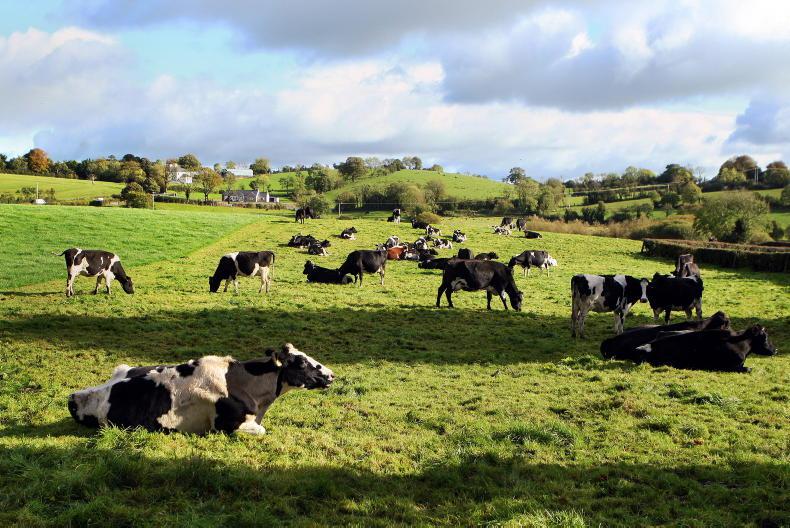
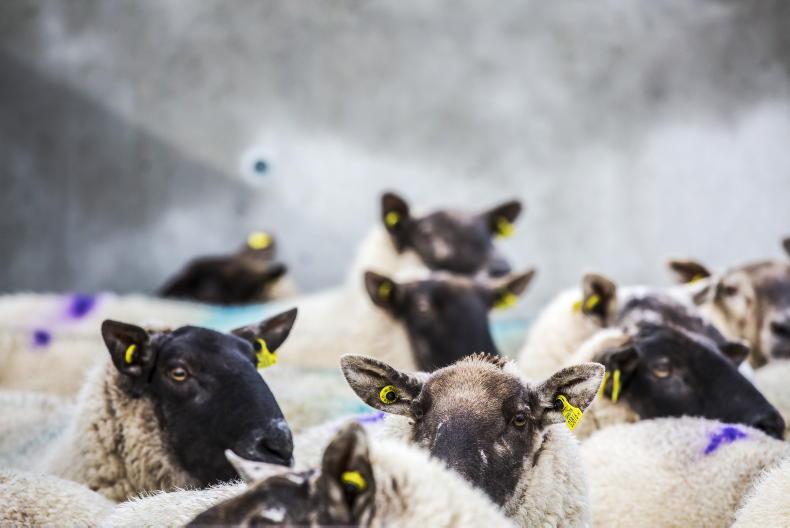
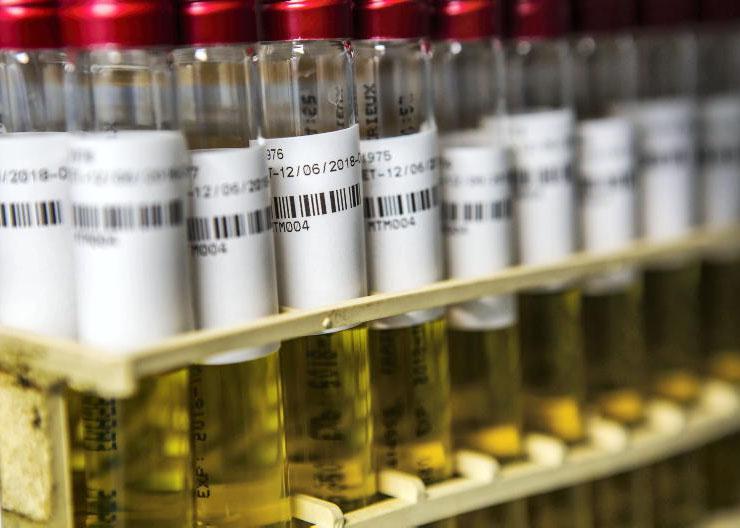
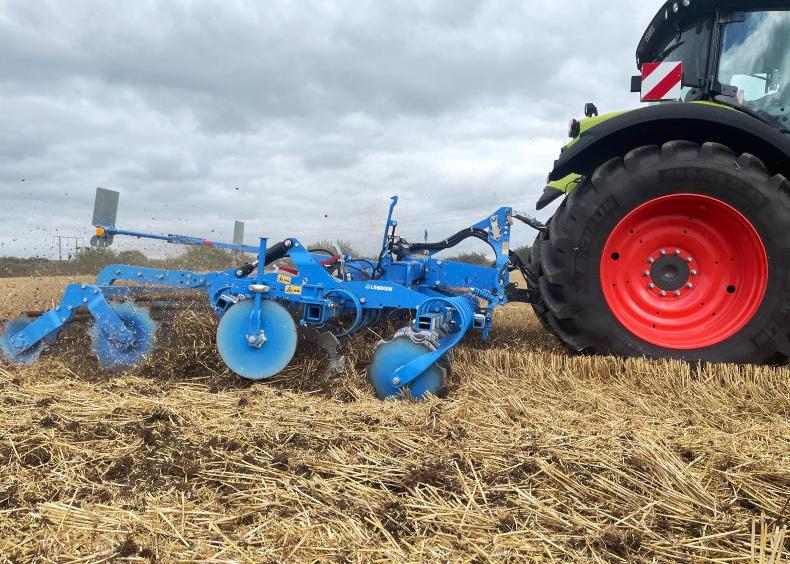
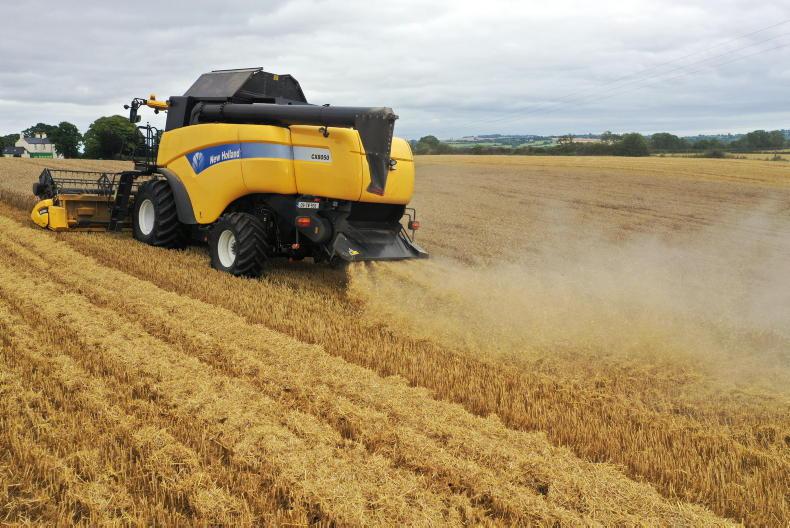
SHARING OPTIONS